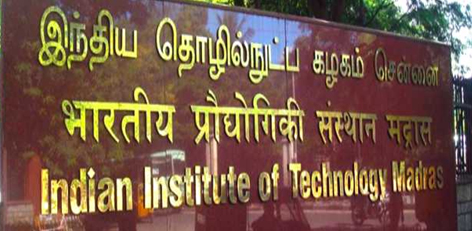No. of views : (2400)
Ways for steady money after your retirement
Posted on: 11/Apr/2016 3:43:53 PM

Planning for pension is equally important for employed and self-employed persons.
Pension of govt employees, who joined service before 2004, comes under the defined benefit plan.The uproar over changes in EPF and NPS norms has brought to focus the importance of planning for a regular income post-retirement.
To shift the investment risk to the employees, the government introduced national pension system (NPS) under the defined contribution plan in 2004. Now, a government employee can join superannuation scheme under the defined contribution plan only.
An annuity is a lump-sum investment, which gives a regular income to the investor for the rest of his life. It can be an immediate annuity, which starts giving returns from the very first month, or it could be a deferred annuity, which starts paying after a certain period. Right now, only insurance companies offer annuity plans in India.
Employee Provident Fund (EPF)
A provident fund is created with a purpose of providing financial security and stability to elderly people. Generally one contributes in these funds when one starts as employee the contributions are made on a regular basis (monthly in most cases).
Employee Provident Fund (EPF) is implemented by the Employees Provident Fund Organisation (EPFO) of India. An establishment with 20 or more workers working in any one of the 180+ industries ( given here) should register with EPFO. Typically 12 percent of the Basic, DA, and cash value of food allowances has to be contributed to the EPF account. EPFO is a statutory body of the Indian Government under Labour and Employment Ministry. It is one of the largest social security organisations in the world in terms of members and volume of financial transactions undertaken.
An employee is eligible for pension if he/she has rendered eligible service of 10 years or more and retires at the age of 58. One may also opt for early pension if he/she retires at an age of 50 after rendering eligible service of 10 years or more. However, the amount of pension is reduced by 4 per cent for each year if taken in advance before 58 years of age.
The amount of pension is calculated by the following formula: X=AxB/70 (X=monthly pension, A=pensionable salary, B= pensionable service).
Pensionable service is determined by the contribution received or receivable in the employees pension fund. On the death of the member, the family (spouse and thereafter two below-25 children) is entitled to receive monthly family pension.
National Pension System (NPS)
National Pension System (NPS) is a voluntary, defined contribution retirement savings scheme. The NPS has been designed to enable systematic savings during the subscribers working life.. It is an attempt towards finding a sustainable solution to provide adequate retirement income to every citizen of India.
Under the NPS, an individual`s savings is pooled in a pension fund. These funds are invested by Pension Fund Regulatory and Development Authority (PFRDA) regulated professional fund managers as per the approved investment guidelines in the diversified portfolios comprising of government bonds, bilills, corporate debentures and shares. These contributions would grow and accumulate over the years, depending on the returns earned on the investment made.
At the time of a normal exit from NPS, the subscribers may use the accumulated pension wealth under the scheme either to purchase a life annuity from a PFRDA empanelled life insurance company or withdraw a part of the accumulated pension wealth as lump-sum, if they choose to do so.
To open an NPS account, an individual is required to submit a registration form with POP (point of presence) appointed by pension regulator PFRDA or online for e-NPS. Persons joining NPS are allotted a unique permanent retirement account number (PRAN), which will remain the same for the rest of the persons life and may be used from any location.
A person investing in NPS may opt for active choice or auto choice for their asset allocation.
Under active choice, one out of the following three has to selected: asset class E - investment in predominantly equity market instrument; asset class C -investment in fixed income instruments other than government securities; asset class G - investment in government securities.
Under auto choice, the investments will be made in a life-cycle fund. Here, the fraction of funds to be invested across three asset classes will be determined by a pre-defined portfolio (which would change as per age of subscriber).
Post your requirement - We will connect with the right vendor or service provider








